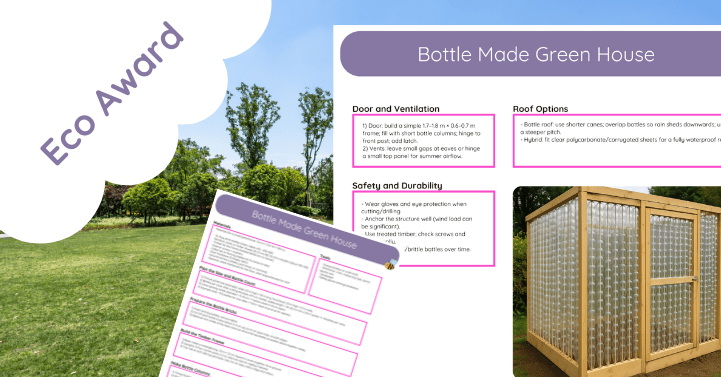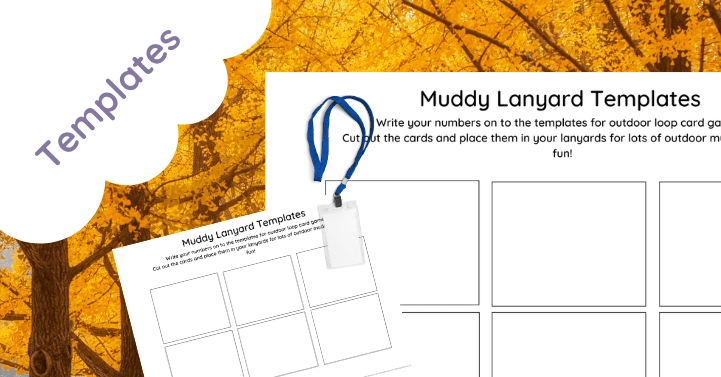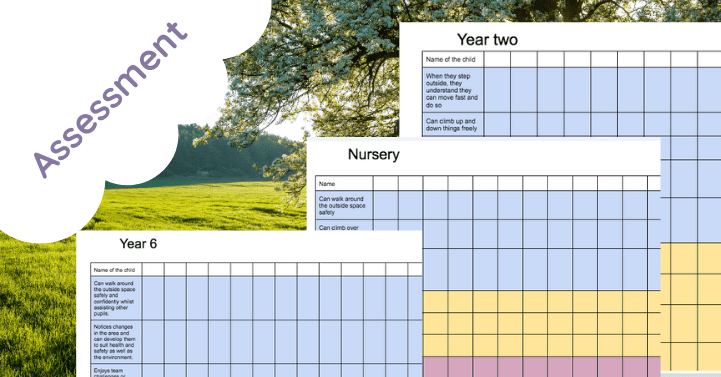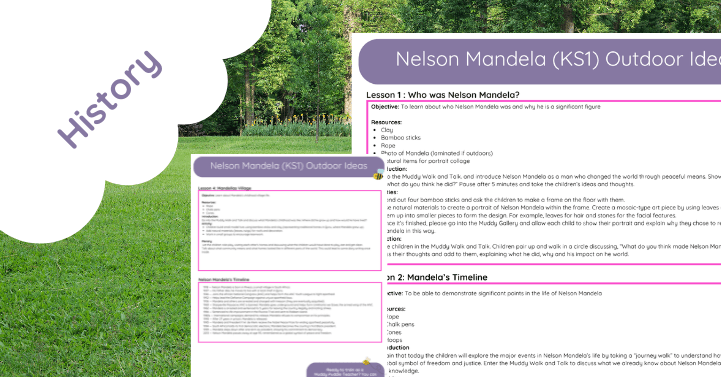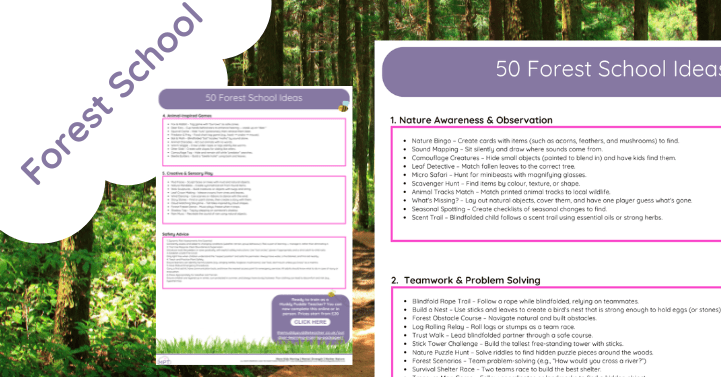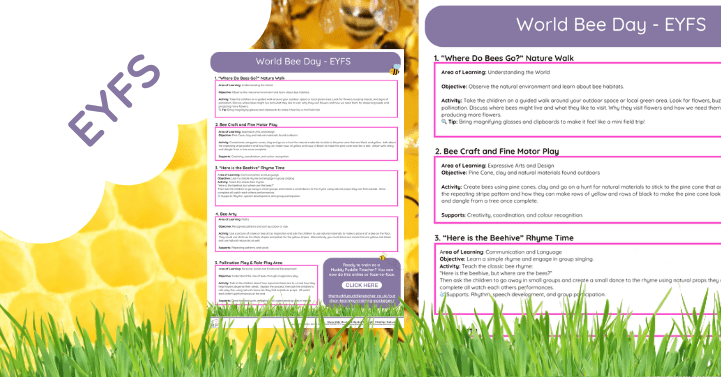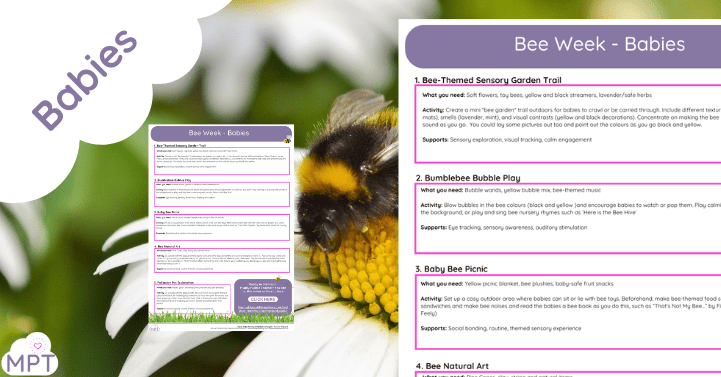Turn recycling into learning with this practical guide! Our Bottle Greenhouse Instructions give teachers and TAs everything they need to build a functional, eco-friendly greenhouse with their class or school community — using recycled fizzy drink bottles
This easy-to-follow resource includes:
- Clear step-by-step instructions with safety tips and material lists
- Guidance on planning size & bottle counts
- STEM links to counting, measuring, estimating, and teamwork
- Ideas for involving children in washing, cutting, threading, and assembling bottles
- Suggestions for linking the build to science, maths, design technology, and sustainability lessons
Perfect for encouraging teamwork, problem-solving, and environmental awareness, while creating a lasting structure that supports gardening projects, science investigations, and outdoor learning all year round.
Why Sustainability + Outdoor Learning + Upcycling Matter in Schools
In a world facing climate change, pollution, and resource scarcity, schools have a unique opportunity—and responsibility—to teach sustainability not just as a topic, but as a way of doing things. Two powerful strategies are:
* Moving more lessons outdoors
* Using upcycled / repurposed materials wherever possible
These aren’t just “nice extras.” They bring real benefits for learners, for schools, and for the wider environment.
The Benefits of Outdoor Learning
1. Deepens engagement, improves mental well-being
Outdoor learning helps students feel more connected to what they are studying. Rather than reading about ecosystems or pollution, or drawing diagrams, students seeing wildlife, measuring in the field, hearing the wind—all of that makes learning more real. It reduces stress, improves concentration, and helps students become more curious and motivated.
Source: *“The Promise of Outdoor Education in Schools”* shows how connecting learning to the outdoors supports science achievement and fosters positive environmental attitudes. Read article.
2. Supports sustainability mindset
When learning happens outdoors—through gardening, forest school, environmental studies—students are more likely to develop an awareness of ecological issues, climate change, biodiversity, conservation. Outdoor learning gives first-hand experience that helps shift from abstract concern to actual behaviour.
Source: *Learning in the Environment: The Importance of Expanding Outdoor Education* outlines how outdoor education helps students understand environmental issues through direct engagement. ([The National Wildlife Federation Blog][2])
3. Cross-curricular opportunities
Outdoors isn’t just for science. Maths, English, art, design technology, PE—all of these can gain richness outdoors. Measuring distances, estimating areas, storytelling inspired by nature, exploring poems about weather or seasons, sketching landscapes—these all become possible.
4. Improves physical health and wellbeing
Less sedentary time, exposure to fresh air and natural light, moving through uneven terrain—all of these support gross and fine motor skills, better posture, and reduce issues like “restlessness” or inattention that can arise from being cooped up indoors. Nature seems to restore attention. The U.S. Department of Education’s *School Grounds and Outdoors* report shows that exposure to nature can improve concentration, reduce stress, and improve retention of content. Read the article.
—
The Benefits of Upcycling & Using Repurposed Materials
1. Reduces waste and supports environmental values
Upcycling (turning waste materials into useful things) lowers the demand for new resources, reduces plastic, paper, metal waste going to landfill or energy-intensive recycling, and models sustainable behaviour. Students learning with upcycled materials gain understanding of the life-cycle of materials and the idea of *circular economy* (reduce, reuse, repurpose).
Source: In *Research on Education for Sustainable Development with Recycled Materials*, using recycled materials in student projects helped them rethink lifecycle of products, reuse, and repurposing. ([MDPI][4])
2. Boosts creativity, problem solving, ownership
Using upcycled materials means constraints: materials don’t look “standard,” parts might be odd shapes, colours, sizes. That means students have to think creatively, design solutions, trial & error, and often collaborate. This builds resilience and ingenuity.
3. Cost-effective
Schools often have limited budgets. Repurposing bottles, boxes, scrap wood, old tyres, pallets, etc., can reduce spending on new “consumables.” It also builds partnerships with the community — parents, businesses might donate materials that would otherwise go to waste.
4. Inclusive & hands-on learning
For many learners—especially those who struggle in traditional classroom settings—hands-on, sensory, tactile learning can be more effective. Upcycled materials allow learning to be messy, exploratory, fun, and accessible. They support diverse learning styles, including those of students with special educational needs.


